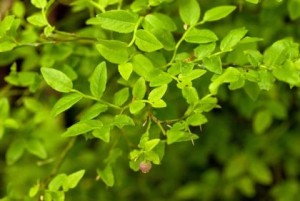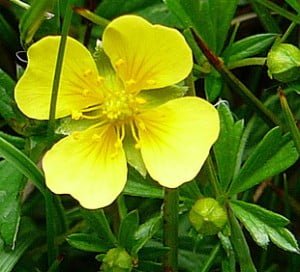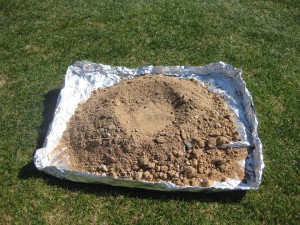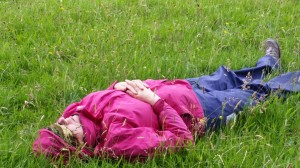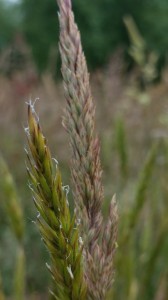As part of a growing outdoor learning movement, Forest School has arrived in Ireland! 20 people from all backgrounds – Lecturers in Early Years, Primary teachers, Outdoor Education – all people with a significant number of years working with young people gathered at Kippure Estate, in County Wicklow, to complete the 4th ever Forest School Programme Leadership in Ireland.
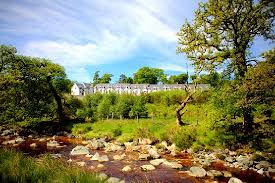
Our Circle of Life Training team from the UK and Ireland arrived a few days in advance to prepare the site, to get to know the land and meet and make new friends. Which direction does the wind generally come from? Where’s the best place for our camp? Where shall we set up the tarps? What trees and plants live here? Shall we gather bracken as tinder for fires? What are we going to do about the midges!
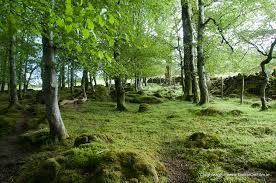 We were welcomed by Martin Dunn – Activities Manager for Kippure. There is nothing like being in another country and feeling well looked after – thank you Martin. All our extra needs were met – firstly, could we borrow midge nets? Yes! 23? Yes! Phew. Wheel barrows, wood, refreshments, lock up, projector, full use of several outdoor sites. Martin accompanied us round Kippure, showing us some key places, the history and ecology of this land.
We were welcomed by Martin Dunn – Activities Manager for Kippure. There is nothing like being in another country and feeling well looked after – thank you Martin. All our extra needs were met – firstly, could we borrow midge nets? Yes! 23? Yes! Phew. Wheel barrows, wood, refreshments, lock up, projector, full use of several outdoor sites. Martin accompanied us round Kippure, showing us some key places, the history and ecology of this land.
There are very few places quite like Kippure. The river Liffey’s source is in the Liffey Head Bog between Kippure and Tonduff in the Wicklow Mountains. It beautifully bubbles and meanders through the estate over glacial rocks, through the land and into Dublin, where I believe it meets the sea. The tall Spruce’s, Pine’s speckle the land, the bilberries, and familiar willow, silver birch and grasses inhabit this land. In just one day we saw two Hares, several Sika deer, hedgehog, buzzard, field fares and meadow pipit.
We met the trainee group at 9am Monday morning. We always gather outside and circle up.
Starting with nature names, we all choose a name of a native plant or animal to learn and share knowledge with the group over the days. Mine was Pine Martin (we came across one that had been killed on the road) It’s colouring of mustard yellow and black fur and the size of a cat (see below), it peaked my interest in knowing more about this elusive animal. Mark’s was Midge (!) and Anna’s was Tormentil (yellow flower below).
“The games are brilliant. Making things, building shelters and showing us how endless the possibilities are. The teachers are very supportive of individual needs while creating a group that is cohesive and fun.”
As part of our approach to learning, the participants get stuck in. We know that we learn best by doing. Our first task was to get the group into teams and to set up tarps for the week using all the knots they had learned in the first part of the training. Once all safely erected, they progressed straight into using bow saws to saw green pine wood into discs, drilling holes with the help of a palm drill and a bit and brace to make spinners and spinning tops – all activities they may introduce to young people from the age of 3 years old!
As the rain began we walked up the wooded pathway, until we reached ‘Geata Beith’, Irish for Birch Gate and into the Belfry – one of Kippure’s training rooms. Here the groups presented theories of learning in relation to Forest School.
The rest of the week was spent in the forest at Kippure. Equipped with our midge nets, expert tarp technology, fire wood and good company we delighted ourselves in a nature immersion experience. This included among other skills, a feast cooked on the fire, many games, rope swings and medicine from Plantain.
During the training we teach people to leave a place better than they found it. I am hoping to hear from Martin that this was definitely the case. We picked up any stray litter and carefully put away the remains of fires to leave the woods with a feeling that it is well stewarded. In this work, we operate under a leave no trace principle. Unlike the rightly acclaimed ‘Leave no trace’ fires that light fires in a responsible way and not directly on the ground (see below), we usually do light fires onto the ground, however, we are very thorough with putting it out and putting the land back as if we have not been there.
After letting the fire burn down, we put water onto it and mix the soil and water together until there is no more steam. We then feel the earth and check it is cool. We carefully remove all the charred wood and scatter it carefully to disperse the remains. Finally we cover the fire circle by replicating the layers of decomposing leaf litter, to restore and care take the environment.
” They held the space. Anticipated people’s needs. Valued people’s different experience. Choreographed days seamlessly. Just such a nurturing and safe learning environment. Demonstrated reflectiveness as practitioners.”
My favourite activities are when we get into our senses – and there is no better way than to remove our sight! When we remove our dominant sense all the other work harder and give us a different of the natural world. The smells of flowers in the wind, the feel of the earth under our feet, the sounds of the birds are all amplified.
We wandered in small groups into the meadow and sat quietly under the oak tree. The group explored and played, and some just lay down. A brief moment in time when we experience the power of now. With our magnifying glasses we befriended the meadow plants. We picked rushes to make cordage (natural string) and harvested Plantain to make our ointment. And gently we found our way back to our camp. The land was restful and welcoming.
A big thanks also to Cliona who as part of the Kippure team made it so easy for us to run the training at Kippure – look forward to seeing you again in early Spring.
We are back in Ireland end of October 2015 and March 2016 to continue our Forest School Programme Leadership Training – please contact Ciara through her website: www.earthforceeducation.com
P.s We have discovered the most sweetest, ‘Sweet Vernan Grass’, that has a wonderful smell and can be gathered for incense and was green and perfect for picking whilst we were at Kippure!

